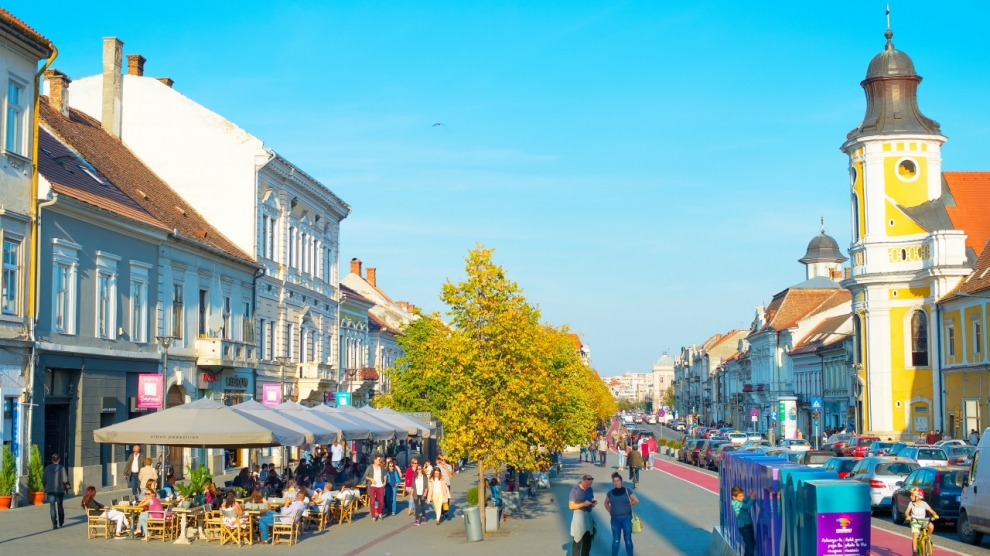The countries of Central and Eastern European have experienced unparalleled growth since they joined the European Union, but for companies in the region, difficulties remain, according to credit insurer Coface.
In 2017 and 2018, GDP growth in the region rose to 4.6 per cent and 4.3 per cent, respectively, the highest rates since 2008.
This acceleration in the CEE economy was mainly due to an increase in domestic demand, in particular thanks to the significant fall in unemployment that benefited households. At the same time, households also benefited from strong wage growth, which had a direct impact on consumption.
Despite these positive developments, the low unemployment rate has led to labour shortages, which have become the main obstacle for businesses, both in their daily activities and in their potential expansion. Supply-side constraints – including labour shortages, high capacity utilisation rates, rising input costs and the impact of the external slowdown (direct and indirect) – are of concern to companies operating in the CEE region.
Indeed, the expected slowdown in growth in the Central and Eastern European region will be mainly due to the direct and indirect effects of a slowdown in external demand.
Average growth in CEE is expected to reach 3.6 per cent in 2019 and 3.2 per cent in 2020.


Add Comment